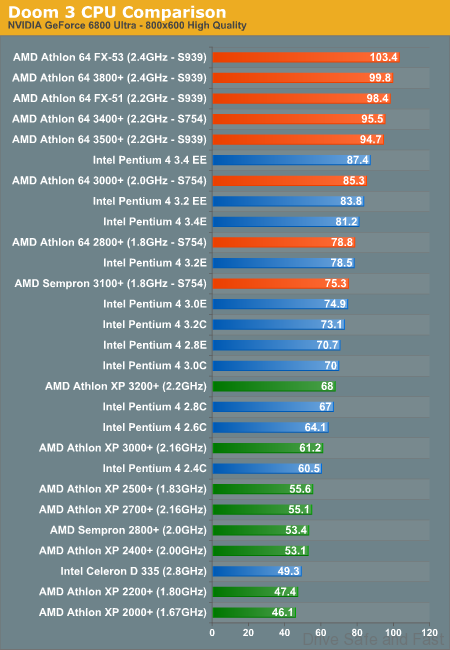
You have to use their internal dailies tools to make your proxy files, and depending on your setup, you might not love those tools. Sure, you can currently work with ProRes RAW files natively in FCPX, Premiere, and Media Encoder, but you are doing that on their terms.
#Editready pc equivalent update
This is why the newest update for EditReady, adding full RAW support to a host of camera native RAW formats but best of all ProRes RAW, is huge. But Resolve currently doesn't support ProRes RAW, and isn't likely into the future, though we can keep hoping the support will come. The biggest competition is of course Resolve, since it's the fastest, and it's free. If you have to get footage from your camera format to ProRes or DNxHD for editing, it offers a really compelling option with speeds that can be 2x Resolve, 3x Premiere, and 5x Media Encoder.īecause all it does is transcode, that's where the devs put all their effort, and depending on hard drives and source format, it can scream. You do not need BOTH the QTX conversion AND the M4V or whatever else - it's essentially the same idea.We finally have an affordable way to manage ProRes RAW, and a host of other formats, from our favorite little transcode tool, EditReady.ĮditReady has long been one of our favorite transcoding tools for not only its simplicity, but also its speed. Other ways are to bring your DNxHD-MOV into an encoder like Squeeze, Compressor, EditReady, etc. How do you create that H.264 file? One way is to save that MOV that QTX creates. That's a codec that could be contained in a MOV, M4V, MP4, etc. Then, your client file would likely be H.264-based. You can use that as a starting point to create any other file you want. The full-res master is your DNxHD export. Custom DOES - which slows things down badly. SaS doesn't use the Quicktime process to create the file. I typically use the "same-as-source" option on export, as it's much, MUCH faster than exporting with "Custom" QuickTime options. Generally, the idea is you'd like to have a real "master" - full-res, and then also a high-res file that you can send to clients. DNxHD is still an excellent mastering codec.
#Editready pc equivalent free
However, you CAN still play back DNxHD / DNxHR MOVs with QuickTime Player 7, a free download. QuickTime X is essentially an entirely new product - QuickTime in name only, but really based on tech called "AV Foundation." Apple has decided to effectively lock out anyone's codecs except their own. Thanks in advance for sage guidance, comments, suggestions.

m4v (highest settings) master? Seems logical but not sure why. When I noticed the larger file sizes I was a bit surprised but figured more data = more resolution so hey, this is a good thing.ģ) Should I now store three copies of each master? The big original DNxHD Quicktime, the much smaller converted file, and the even smaller client playback. Nice size and quality for their event and hopefully bulletproof on playback with VLC on all of my Macs.ġ) There's alot more render time involved with this scenario, is there a quicker / better way to do the above?Ģ) Is my mastering strategy sound? Am I producing a top quality master? I used to export my masters with the highest Apple ProRes codec but was told the DNxHD codec was both native and superior so I switched.
#Editready pc equivalent mac
I just used this workflow with a 26 GB master, which my Mac automatically converted to a 2.63 GB Quicktime movie. What? Instead they are automatically converted by Apple's software. NOW: After upgrading to Yosemite and MC 8.4, the Quicktime movies no longer play after rendering on my Mac Pro. This method has been relatively simple and has served me fairly well. Many AV companies request this format over the bigger more problematic Quicktimes. m4v file which is far smaller, more portable, and works like a charm during playback in almost every situation.

STEP 2: Export the Quicktime master as a highest quality setting. STEP 1: export my Media Composer timeline using the QT Avid DNXHD codec (set to 1080i/59.94 DNxHD 220 10-bit, at current fps frame rate, auto data rate, 709 color, no alpha) assuming this generates a super high quality master, which I archive, but which most of my institutional and corporate clients cannot usually utilize since playing these huge digital files chokes their fast computers and even stumps many "professional" AV people.


 0 kommentar(er)
0 kommentar(er)
